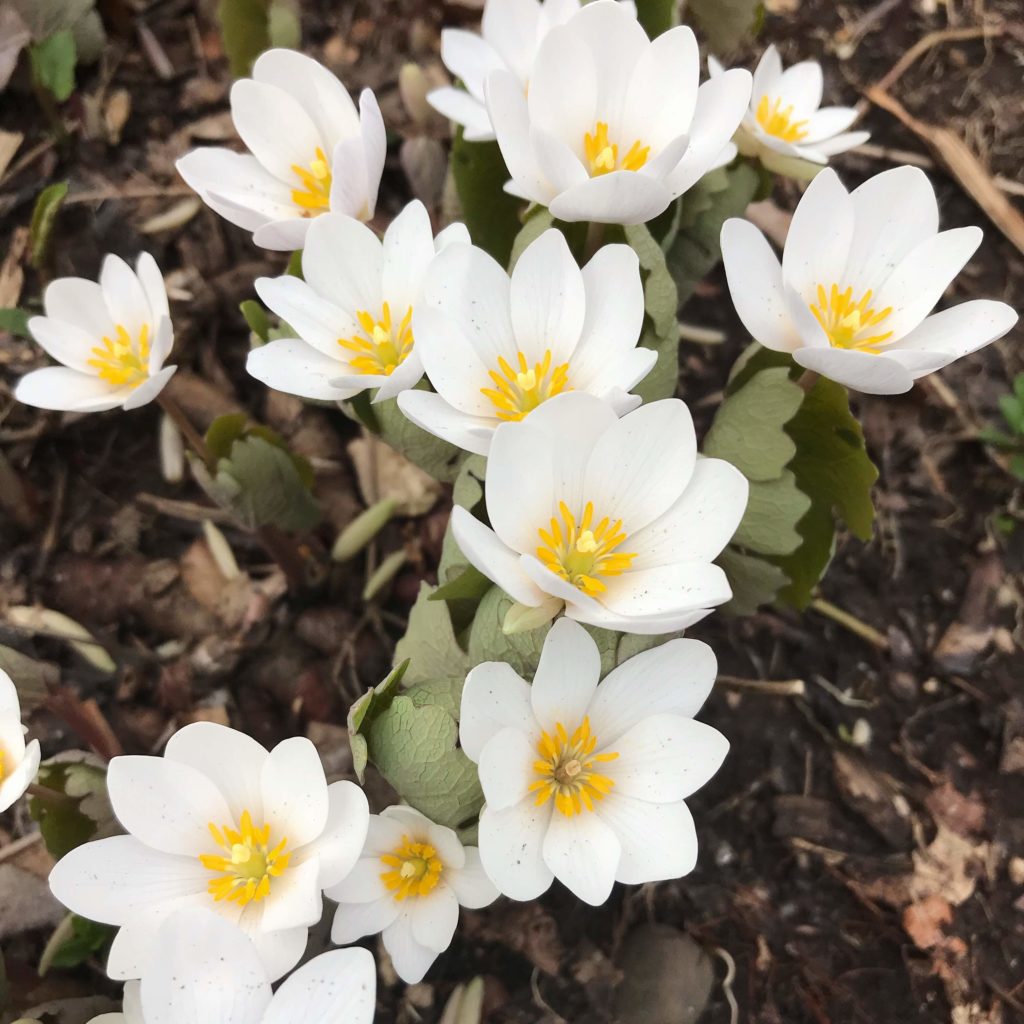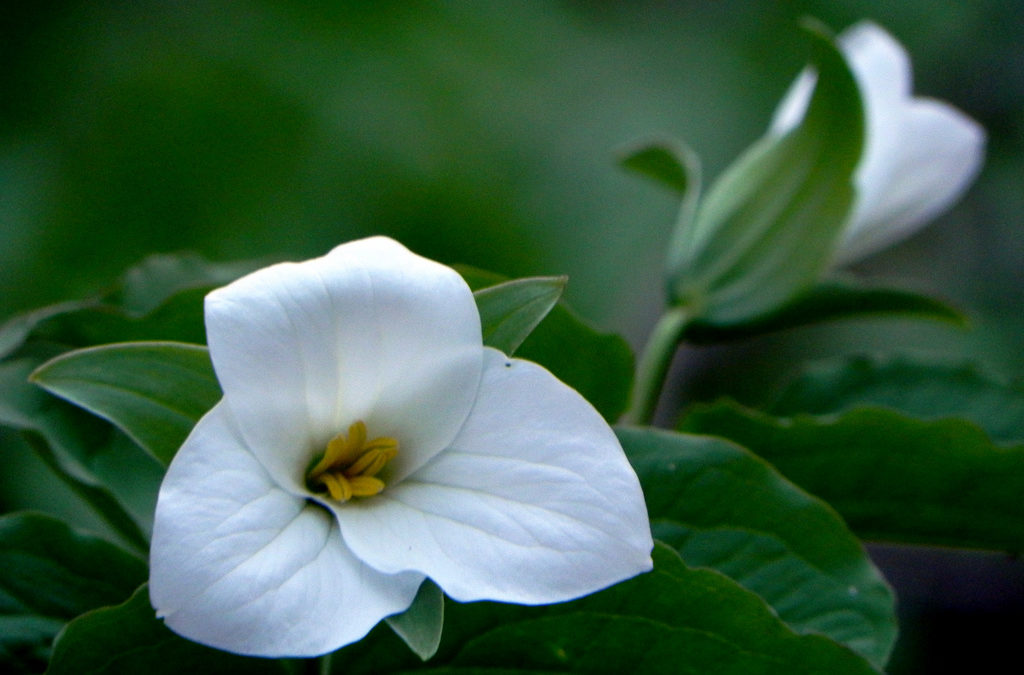When I was in college I usually ate my lunch at the Trailhead Café, a little café just inside ESF’s campus center. The Trailhead doesn’t look like much to a random stranger just wandering through, but to the students at ESF the Trailhead was the closest thing we had to a dining hall on our tiny campus.
In many ways the Trailhead was just like your stereotypical high school lunchroom. In one corner you could always find the chemistry students studying for their upcoming exam while the woodsmen team prepared for their upcoming meet a table over. Even the professors would sit at the same exact table closest to the pickup counter. The best part? No matter what time of day I arrived I could guarantee that I would find a group of my friends sitting at the same table in the back corner of the room next to the windows.
It occurred to me earlier this year that looking for flowers in the spring is a lot like trying to find my friends in Trailhead for lunch. While I don’t always know when they will decide to show up, I know exactly where to find them when they finally do show up. For example, I can’t always tell you when the Squirrel Corn will bloom, but I can tell you exactly where to find the biggest patch of them in the woods behind my parents’ house. I can also tell you that once the Squirrel Corn has bloomed you should be able to find the first patch of Blue Cohosh blooming fifteen minutes down the trail.
It may seem strange, but for some reason it never occurred to me that some native flowers will reappear in the same spot every year. Sure, the perennials reappear in the same place in my parents’ garden every year, but we put those there. Why wouldn’t native flowers do the same thing?

The thing about spring flowers is they are so fleeting—they appear in the early spring and last for only a few weeks before they die back for the year. While they don’t last for very long, these spring ephemerals are, in my opinion, some of the most resourceful and resilient flowers in our area. Their leaves and flowers grow so close to the forest floor that they are forced to complete most of their life cycle in the early spring before the trees and bushes leaf out and steal the light. Once the leaves of these bigger plants appear, these tiny plants retreat back into the earth to store up energy for next year.
Early spring is, of course, a challenging time to be a flower. As we saw this year, weather and temperatures vary dramatically throughout the month of April, and the cold soil makes it difficult for plants to take up water and nutrients from the ground. Luckily, ephemeral plants have figured out some amazing ways to beat the cold, including decreasing the surface area of their roots and growing underground throughout the fall and winter.
Because of their limited time above ground spring ephemerals take a long time to get enough energy to flower. Trout Lilies, for example, take up to seven years to build up enough energy to make a single flower. For seven years it is nothing more than a single leaf soaking up sun in the woods for a few weeks. No wonder I’ve never thought about finding these plants in the same place every year. Even if I had seen their little leaves scattered around the forest floor, I probably wouldn’t have even considered that they were the same plant until I saw the flower in the same place for multiple years in a row.
The fact that spring ephemerals are so fleeting makes it that much more exciting to find these familiar flowers in the spring. While you only have a few more weeks to look for these amazing flowers, places like Bentley Sanctuary in Jamestown and the College Lodge in Brocton are great places to find a variety of these spring ephemerals in bloom. As long as no one picks them, you can always come back and visit them next year.
Audubon Community Nature Center builds and nurtures connections between people and nature. ACNC is located just east of Route 62 between Warren and Jamestown. The trails are open from dawn to dusk as is Liberty, the Bald Eagle. The Nature Center is open from 10 a.m. until 4:30 p.m. daily except Sunday when it opens at 1 p.m. More information can be found online at auduboncnc.org or by calling (716) 569-2345.
Margaret Foley is a Naturalist at ACNC.


Recent Comments